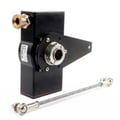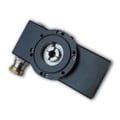Choosing the right PLC panel
Programming logic controller (PLC) panels come in almost every shape and size with some of them being freestanding and others being wall-mounted and choosing the right solution for a particular application can be difficult.

The adoption of digital computers gave rise to the modern programmable logic controller (PLC): a digital computer utilized for the automation of various processes within an industrial facility. The PLC is designed for applications ranging from controlling parts of an assembly line to automating and controlling the light fixtures in an establishment.
There are similarities between a personal computer and a controller. Both a PLC and a personal computer have a CPU, memory, and input/output (I/O) units. On the other hand, a controller is built for industrial applications. It is designed to operate under harsh environments often seen in many facilities. In essence, the PLC and a PC gather and release information.
The PLC panel can be used in a wide range of industrial applications, primarily for automating processes and increasing control over critical systems. The processor controls electrical power and is commonly referred to as an automation panel. PLCs are utilized in many industries including:
- Automotive industry: the automotive industry is one of the largest users of PLCs and one of the first industries to embrace factory automation fully. The industry still makes use of automation through PLC panels on an ongoing basis.
- Marine: from controlling specific parts of the vessel to a full vessel system, it is an important part of maintaining operation where failures can cause severe consequences.
- Power generation: PLC panels can be used for some processes within a power generation facility, such as automating the soot blower controls
- Paper making: PLC panels can be used for controlling many processes within the paper mill industry.
- Automation control: The applications that achieve automation through the use of PLCs include HVAC systems, car wash systems, material handling, and conveyor systems
RELATED PRODUCT: IDEC PLC+HMI SmartAXIS



 Constant distance towards any metal
Constant distance towards any metal




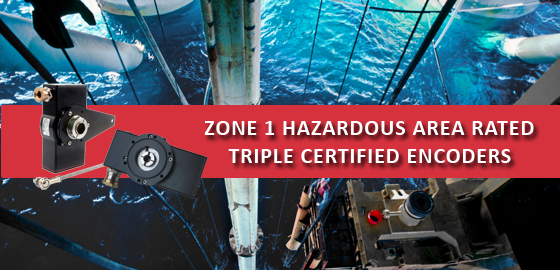
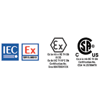 ATEX, CSA, IECEx Triple Certified
ATEX, CSA, IECEx Triple Certified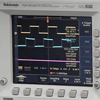
 Easy to Install with No I.S. Barrier Needed
Easy to Install with No I.S. Barrier Needed